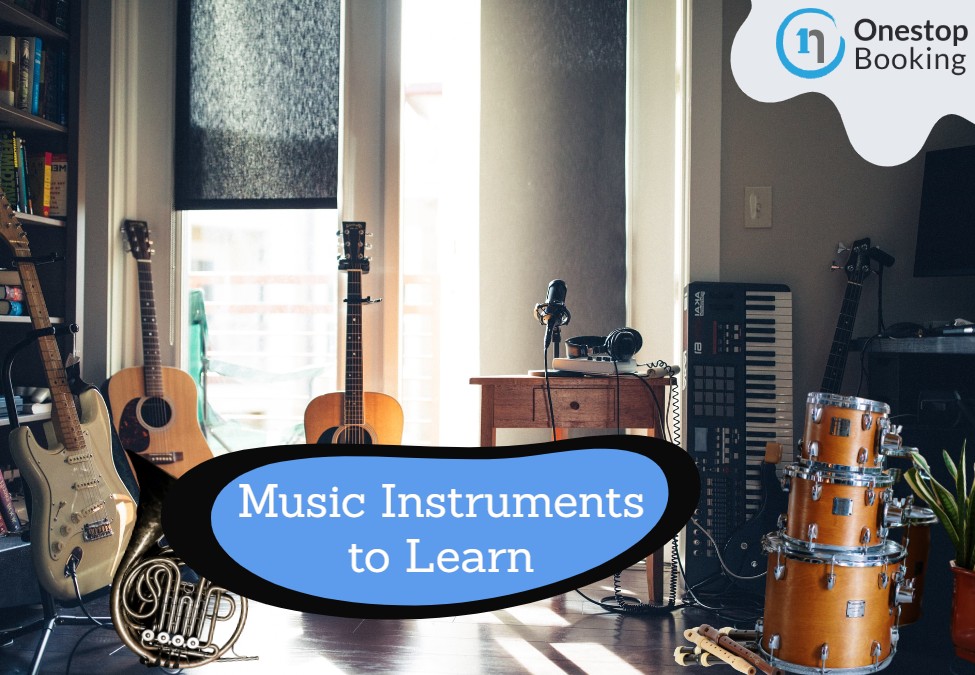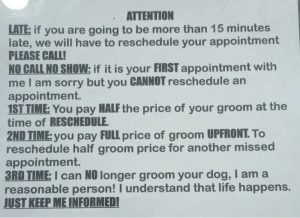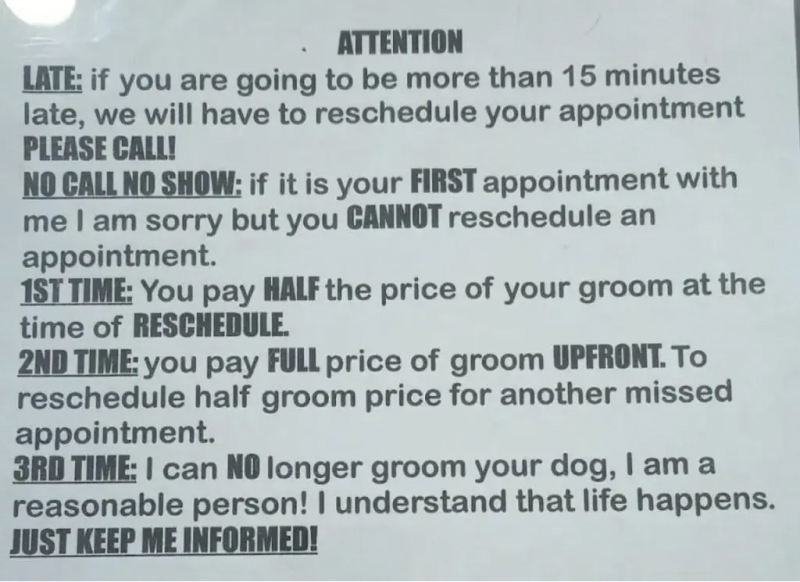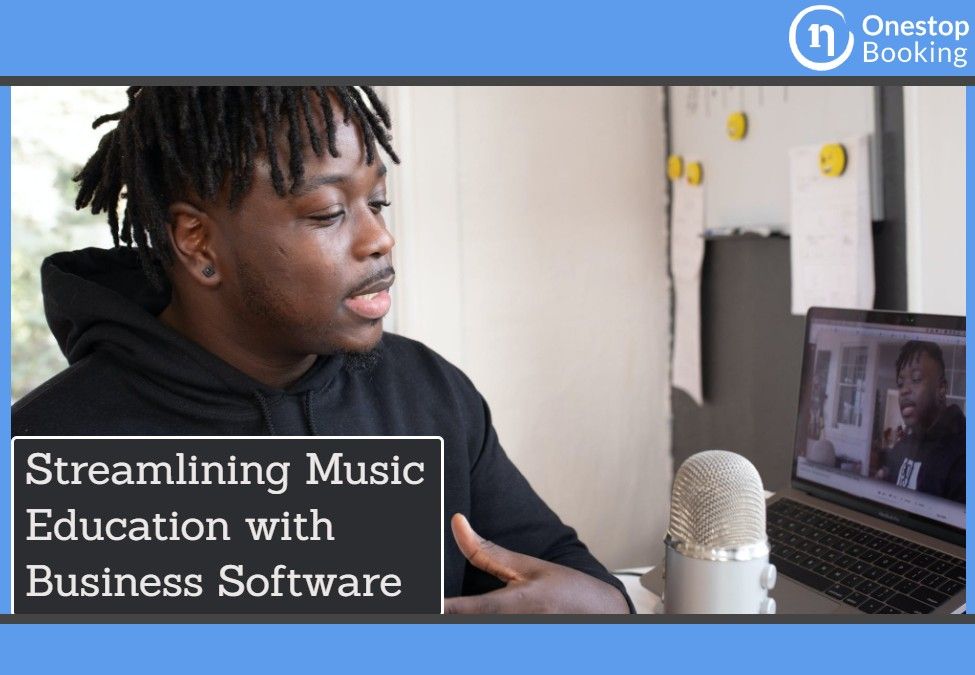Organology is the study of musical instruments, and Hornbostel-Sachs is a system that classifies them. If you are passionate about music and want to learn about musical instruments, you have to be conversant with all available types. This knowledge will help you determine the nature of learning you want to achieve in the music niche. Here is a list of the key types of musical instruments you should know.
What is a Musical Instrument?
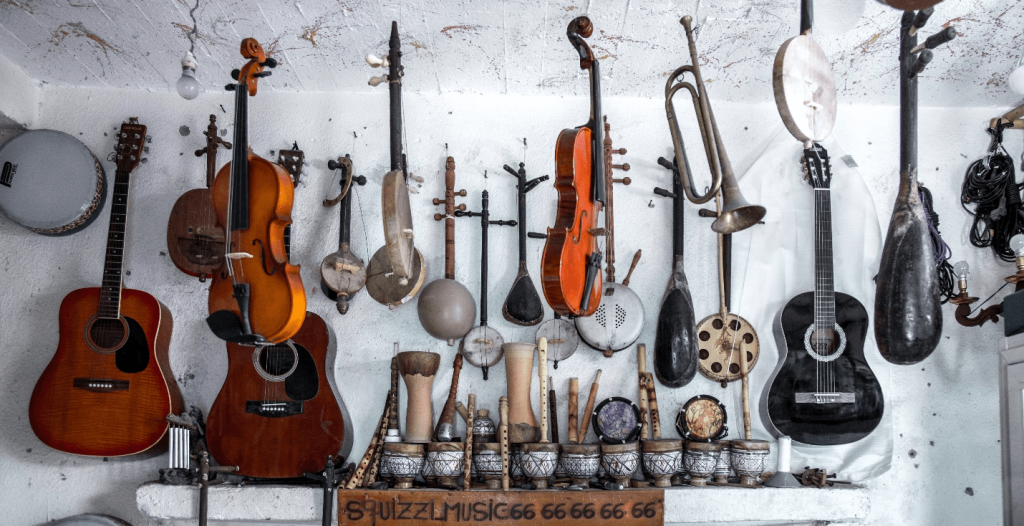
A musical instrument is a gadget made or modified to produce musical sounds. In general, any device that produces sound can be termed a musical instrument. The history of musical instruments goes back to the dawn of human culture.
Ancient musical appliances were often used to perform rituals like the horn to indicate success or the drum in religious ceremonies. Eventually, cultures evolved to prompt the composition and performance of music for entertainment. Musical devices have continued to evolve with changing technologies and applications.
Benefits of Learning a Musical Instrument
Learning how to play a musical instrument can be an excellent way of upgrading your skills and spending your free time. Here are more ways you will benefit from learning a musical device.
· You Become Smarter
Learning a musical appliance promotes your cognitive ability. Playing music stimulates your brain to increase memory retention while helping you learn new things.
· Relieves Stress
Music is calming and relaxing. It stimulates the production of happy hormones through the bloodstream and can help you escape from stressful situations.
· Allows you to Process Multiple things at Once
Playing music involves the use of sight, sound, and touch simultaneously. The ability to process different things simultaneously can be highly beneficial in real life.
· Improves Your Connection with Others
Playing a musical instrument with your friends or colleagues helps you develop excellent communication skills. It also strengthens the bond among the team.
· Encourages Dedication and Instils Discipline
Children who start learning how to play a musical instrument from an early age get the chance to build and enhance their skills over time. They develop a disciplined approach and learn that they can overcome challenges and reach their goals through perseverance and hard work.
· Boosts Memory
If your memory is diminishing, consider stimulating it by learning to play a musical instrument. This activity requires you to remember where chords and notes are. You will also learn how to read sheet music by yourself. Learning these things keeps your brain alert, improving your memory in the long run.
· It Develops Your Confidence
Playing a musical instrument makes you more comfortable with self-expression. As you start mastering the instrument, you might end up playing in front of audiences. Students can play for their fellow students, teachers and in concerts. Playing in public boosts your confidence in executing non-academic roles.
Practice Techniques of Music Instruments
Explore various practice strategies tailored to different instruments that can help you achieve mastery and express yourself through music. Here are some practice techniques
Setting Clear Goals
Before diving into practice, establish clear and achievable goals. These goals could range from learning a specific piece, improving technique, or mastering a particular scale. Having a target in mind provides direction and motivation throughout your practice sessions.
Warm-Up Exercises
Just as athletes warm up before a workout, musicians need to warm up their muscles and fingers. Simple finger exercises, scales, and arpeggios help improve finger dexterity, strength, and coordination. These exercises also aid in developing muscle memory, which is crucial for playing complex passages.
Break Down Complex Pieces
When tackling intricate pieces of music, break them down into smaller sections. Focus on mastering one section at a time before moving on to the next. This approach prevents overwhelming yourself and allows for more thorough understanding and precise execution of the music.
Slow and Steady Wins the Race
Playing at a slow tempo might not be as exciting, but it’s a crucial technique for refining your skills. Slow practice helps you identify errors, correct finger placements, and develop a deep understanding of the piece’s structure. Gradually increase the tempo as you gain confidence and accuracy.
Repetition and Consistency
Repetition is key to mastering any skill. Repeatedly practicing a challenging passage or technique engrains it into your muscle memory, making it easier to execute in the future. Consistent practice sessions, even if they’re shorter, are more effective than sporadic lengthy sessions.
Focus on Problem Areas
Identify the sections of a piece or technique that pose the greatest challenge and dedicate extra time to them. Isolating problem areas allows you to give them the attention they need without getting discouraged by the rest of the piece.
Record and Evaluate
Recording yourself while practicing provides valuable feedback. Listening to your recordings helps you pinpoint areas that need improvement, such as timing, intonation, or dynamics. This self-assessment allows for continuous refinement of your performance.
Metronome Practice
A metronome is a valuable tool for improving your sense of timing and rhythm. Start by practicing at a slow tempo and gradually increase the speed as you become more comfortable. This technique fosters precision and consistency in your playing.
Dynamic Expression
Beyond the technical aspects, musicality is equally important. Experiment with different dynamics (loudness and softness) to add emotion and depth to your playing. Practice varying your articulation, phrasing, and accents to make your music come alive.
Mental Practice
Even when you’re not physically playing, mental practice can be incredibly effective. Visualize yourself playing the instrument or a specific piece, imagining every detail from finger movements to the sound produced. Studies have shown that mental practice can enhance physical performance.
Top 13 Most Popular Types of Music Instruments to Learn
Music instruments are classified into different types, as we shall learn below.
Wind Instruments
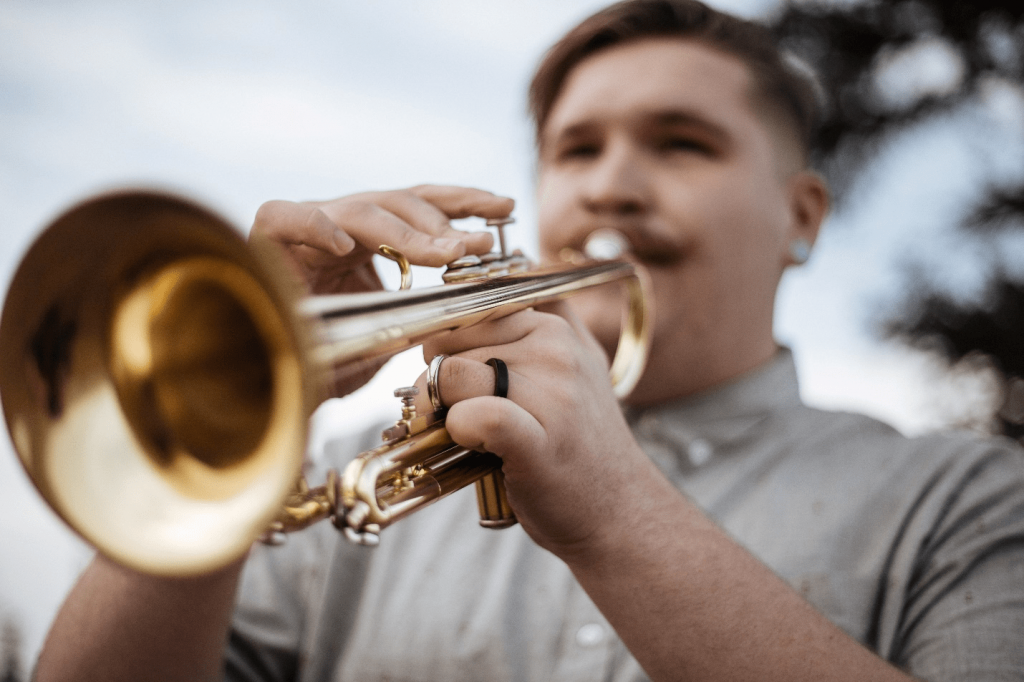
Wind instruments use air as the mode to produce sounds of varying intensities and pitches. Users blow into these instruments using a specific order to generate a musical note. Wind instruments operate under resonance, sound waves, and harmonics.
The air column length through which sound waves are generated dictates the sound pitch formed when you blow through the instrument. Some wind instruments produce the sound when you blow across a reed, while others require buzzing through a small metallic mouthpiece.
There are numerous wind instruments available today. Some of the most popular options in the woodwind family include the piccolo, flute, harmonica, oboe, Bagpipe, English horn, saxophone, accordion, clarinet, shakuhachi, bassoon, and reed instruments. Here are examples of wind instruments in detail.
1. Flute
The flute has been used in the music world for many years. Initially, it was made out of hollow reeds such as bamboo, wood, clay, or stone. However, modern-day flutes are made of platinum, gold, and silver materials. You can play the flute by holding it sideways with both hands while blowing through the holes in the mouthpiece at once.
Fingers are critical in playing the flute as they open and close the keys resulting in pitch alteration. A flute player can use various techniques to blow air through the instrument to generate different sounds. These include circular breathing and diaphragmatic breathing.
In the circular technique, instrumentalists breathe out through the mouth and through the nose, generating a continuous and long sound. In diaphragmatic breathing, instrumentalists can enhance their air intake by reducing the number of times they breathe when playing the instrument. Piccolo is Italian for a short flute that plays the highest notes.
2. Oboe
Oboe is a black two-foot-long cylinder with metal keys enclosing its holes. The mouthpiece in this musical instrument utilizes a double reed which vibrates when you blow through it. To play the Oboe, you need to grasp it upright and blow across the mouthpiece while using both of your hands to press the keys downwards. Closing and opening the keys help produce a wide range of pitches.
3. Clarinet
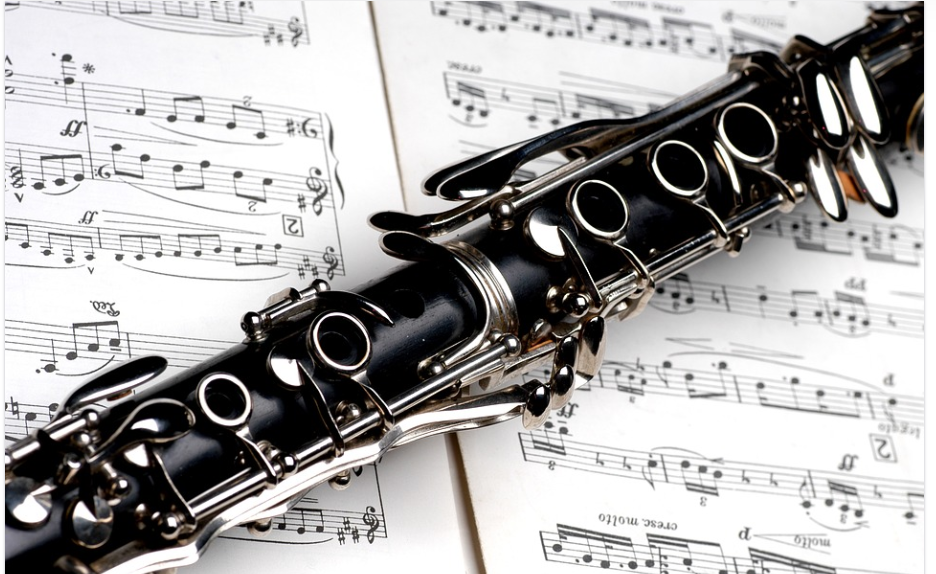
Many beginners in the musical instrument world mistake the Clarinet for the Oboe. The clarinet’s mouthpiece features one reed. In some musical productions, clarinetists have to play different types of clarinets in one piece. Clarinets in an orchestra process harmonies and melodies, meaning their lower notes have a solid dark sound while the upper notes are resonant and bright. The method of playing the clarinet is similar to the oboe.
4. Bassoon
The Bassoon is a woodwind instrument that features a long wooden pipe. It has a bend that enables instrumentalists to play it with ease. The bassoon uses a double reed fixed to a looped metal mouthpiece. Often, instrumentalists use the bassoon to play lower harmonies, but they can also use their hollow notes in a melody. Hold it in an upright position and blow air across the double reed to play this instrument. Use your hands to open and close the holes to produce different pitches.
5. Saxophone
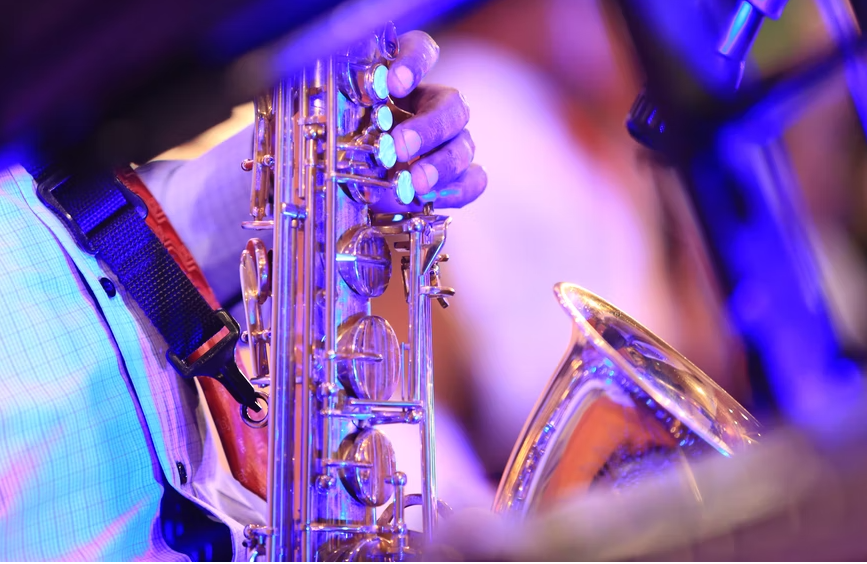
The saxophone is a single-reed instrument that features finger keys and a metal brass conical tube. The tube also has approximately 24 openings controlled by padded keys. This instrument also has two-octave key vents, which help the instrument blow higher notes. The saxophone is a flexible instrument that compliments different types of musical instruments. It is commonly used in jazz music.
Brass Instruments
While brass instruments operate like wind instruments, they come with various modifications. These instruments are louder than other types of instruments. Usually, brass instruments are long pipes that broaden towards the end to create a bell-like form. The tube used in brass instruments is twisted into curves to make it easier to hold.
An instrumentalist should place their lips against the metallic mouthpiece and vibrate them to use these instruments. The cup-like mouthpiece intensifies the lip humming to create sound. You can vary the sound pitch by altering the intensity of the lip humming and pressing different pipes fixed on the device.
Users can change the length of the air column in brass instruments by pressing the valves or through the slide mechanism. The bugle falls under the brass instrument category.
6. French Horn
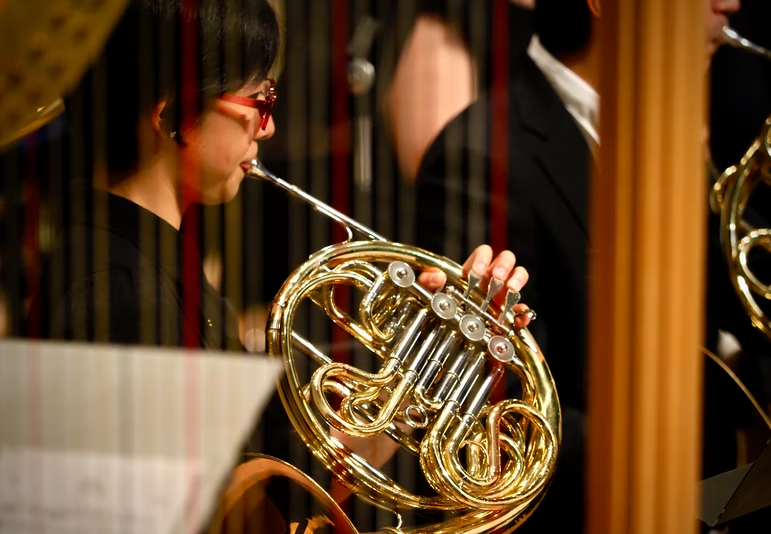
Originally, the French horn emanated from France. It can produce different sounds varying from loud to soft, harsh to blaring, and mellow to smooth. This instrument comes with 1n 18 feet tubing rolled to form a circular shape with a large bell towards the end.
Playing the French horn requires instrumentalists to grasp it with the curve pointing downwards while humming through the mouthpiece. The left hand should focus on the three pipes, and you can change the sound by placing your right hand on the bell in different ways.
7. Trombone
The trombone is probably the only musical instrument in the brass family that doesn’t use valves to change the pitch. It uses a slide instead. A trombone comes with thin long brass pipes. Users should grasp it horizontally as they hum through the mouthpiece and use their right hand to change the pitch to play this instrument. Changing the pitch requires instrumentalists to push or pull the slide to any of the seven varying positions.
8. Tuba
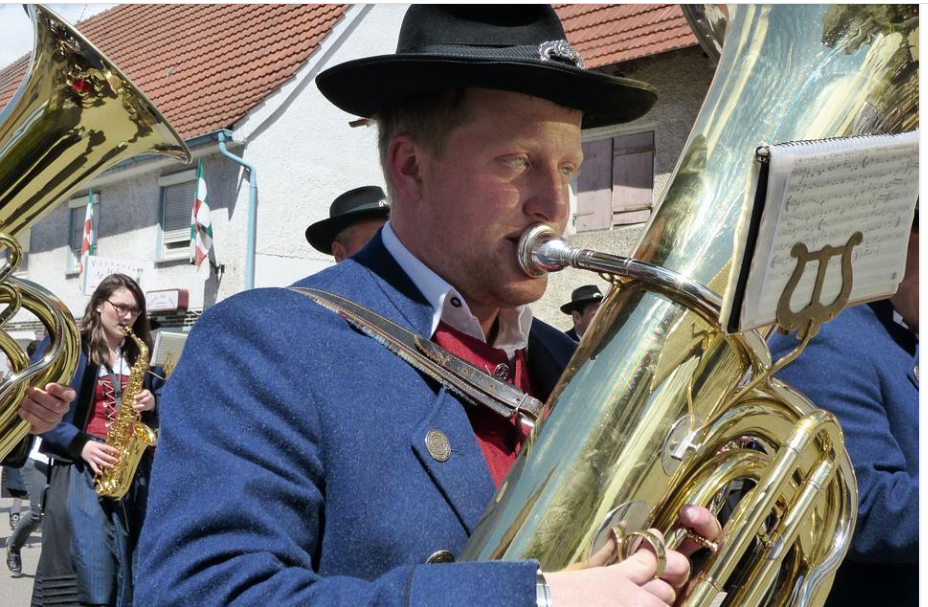
Tuba is one of the most popular devices in the brass instrument family. It is the lowest yet largest brass instrument. Its deep and solid sound thrills the entire orchestra so that no other instrument can do. This instrument comes with a long metallic tube, curved to form an oblong shape with a large bell towards the end.
Instrumentalists play the tuba while sitting down with the bell positioned upwards. You need to hum through the tuba’s large mouthpiece with your hands on the pipes to change the sound pitch to generate the sound.
Percussion Instruments
To produce sound in percussion instruments, you need to scrape or beat them with your hand or a beater. Examples of devices that fall under this category include the bass drum, timpani, cymbals, tambourine, and triangle.
These instruments are divided into unpitched and pitched percussion instruments. Unpitched percussion instruments are options that generate notes with unidentifiable notes. On the other hand, pitched percussion instruments produce sound with an identifiable pitch.
When you strike the surface of a percussion instrument, vibrations occur. Pitched percussion instruments include the bongo, marimba, xylophone, and kettle drum. The tambourine falls in the unpitched percussion instruments category.
9. Piano
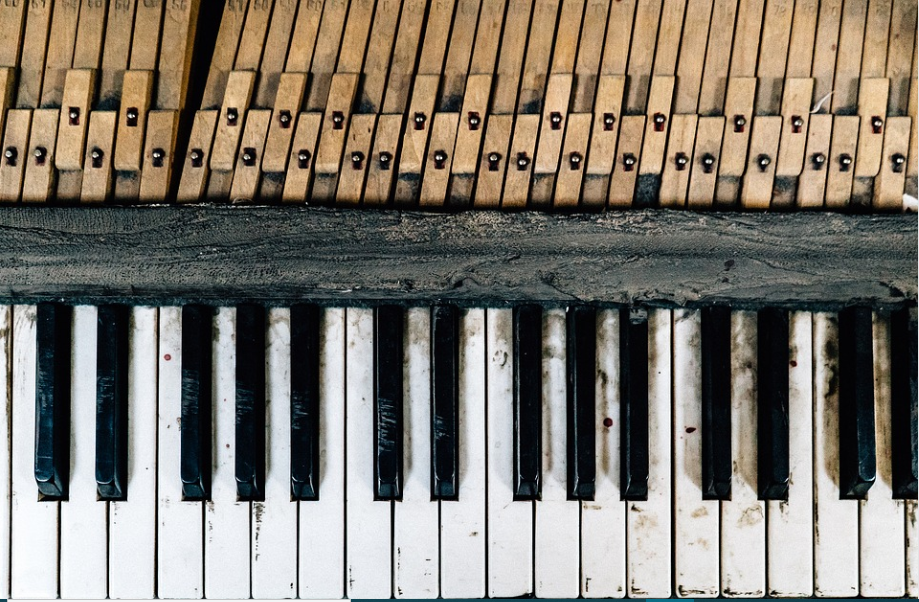
Is the piano a string or percussion instrument? You have to press its 88 white and black keys to play the piano, meaning it falls under the percussion family. Once you press the keys, a hammer is raised inside the piano to hit the strings, pointing it to the string family. You can trace modern-day piano history to instruments like the Harpsichord, Dulcimer, and Clavichord.
A piano player switches on the hammers by pushing the keyboard instrument. Harder pressure results in louder volume. The piano also belongs to the percussion family and is among the most complex instruments available. This instrument has the widest range compared to other classical music, pop, and jazz instruments. You can play the piano together with other instruments.
10. Tambourine
The tambourine is a small drum with metal jingles fixed on its edges. To play it, instrumentalists need to hold it in one hand and use the other one to tap, hit, or shake it.
11. Cymbals
Cymbals are some of the loudest instruments in the whole orchestra. They are two huge metal discs, often made of spun bronze. They are available in different sizes, with larger ones producing the lowest sound.
String Instruments
Also known as chordophones, string instruments feature three different types of strings: lutes, harps, and zithers. Instruments under this category comprise strings that can vibrate to generate a wide range of sounds with different pitches.
The sound pitch produced through these instruments depends on the height of the air column in the instrument. It also depends on the thickness of the strings in the instruments, which can be made from silk, metal, or fiber derived from vegetables.
Instrumentalists playing a string instrument can rub, pluck, or strike the strings to force them out of their core position. This process triggers them to vibrate with complex patterns and generate a wide range of sounds. Examples of instruments under this category include plectrum, bass guitar, mandolin, sitar, harp, cello, double bass, and banjo.
12. Double Bass
The double bass is the patriarch of the string family. It’s 6 feet long, making it one of the largest instruments with long strings. This instrument is ideal for you if you want to play low tines. As a result of its huge size, players should either sit on an overly tall stool or stand up to play it. You will need to place its body on the ground and support it with a metal peg. Use your left hand to pluck the string or move the bow.
13. Cello
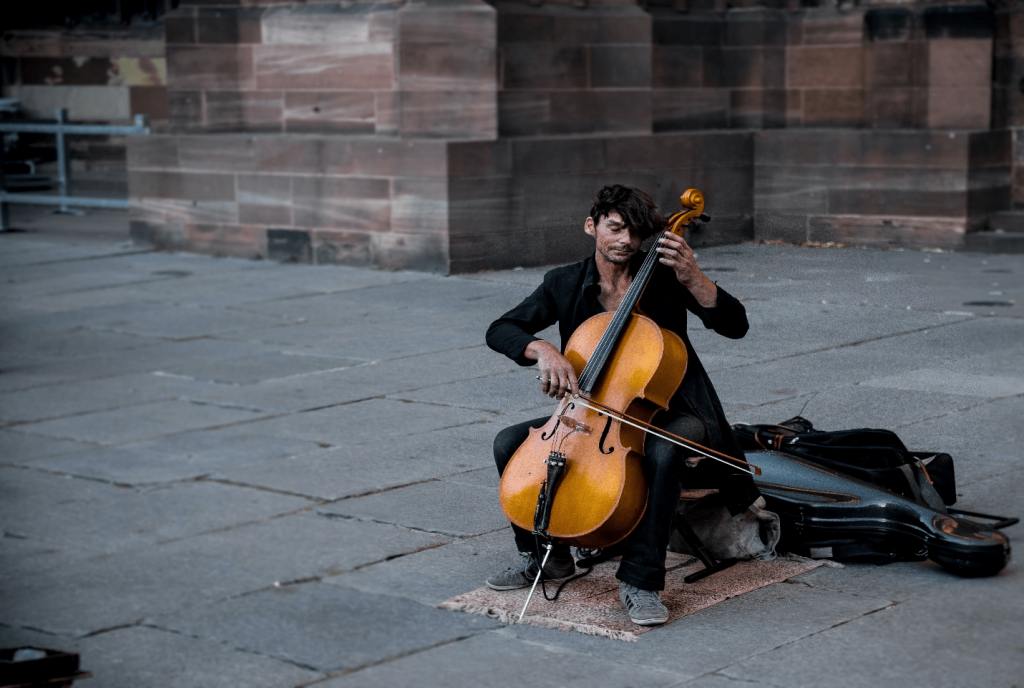
The cello looks like the viola or the violin, but it’s larger and comes with thicker strings. The sound a cello produces is similar to a human’s voice. It can produce different tones, such as bright high notes or low warm pitches. To play the cello, place its body on the ground and use a metal peg to support it. Move the bow or pluck the strings as you would with the viola or violin with your hands. This curved stringed orchestral instrument is versatile and comes with a solid voice.
Electronic Instruments
The electric guitar belongs to the electronic and the string instrument family. Unlike the classical guitar, which has nylon strings, this instrument features steel strings. Electronic instruments have gadgets known as magnetic pickups fixed in their bodies under the strings.
When the strings vibrate, the pickups change the vibrations to form electric signals, which move via an amplifier across a cable, where they are changed into sound and then played. Electronic instruments have a wooden body and are available in various shapes. The shape of an electric guitar has no impact on the sound it generates. Electric guitars are versatile and can fit in different music genres with ease.
· Popular Instruments Under this Category
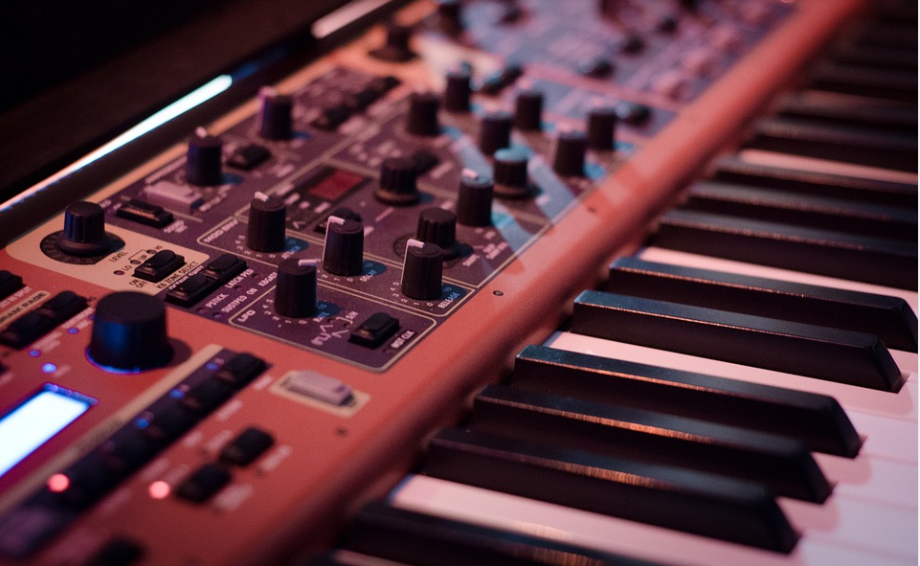
Some of the popularly used electronic instruments are synthesizers, octopods, rhythm machines, piano keyboards, and samplers. The sampler is another popular electronic musical device that uses sound recording samples of different popular musical instruments like the violin, piano, and trumpet.
The acquired samples are loaded into the sampler by the manufacturer or the user, and the sounds are played back through a sampler program. Users can also play the sounds through an electric drum. The sampler is incorporated as a digital memory into the sampler, making the sound easily and promptly accessible.
The synthesizer is also a popular electronic instrument that produces audio indicators using various methods such as subtractive synthesis, frequency modulation synthesis, and additive synthesis. These sounds are harmonized through components like filters and oscillators.
Usually, synthesizers are played together with keyboards. Electronic musical instruments are better than other musical instruments in terms of ease of learning and usability. However, users should be conversant with all the electronic techniques and components used to connect with their devices better and produce musical sounds.
Finally
There are different types of musical instruments, as we have learned in this article. The instrument you choose to learn depends on your favorite music genre. Learning musical instruments requires commitment. As a result, strive to practice regularly to make notable progress. Where there is no practice, motivation diminishes.
Musical instrument prices vary based on the model and type you want. However, you can rent your preferred instruments and compare them before purchasing the option that meets your needs if you are starting. Are you looking forward to learning different types of instruments? Use this article as your guideline.


